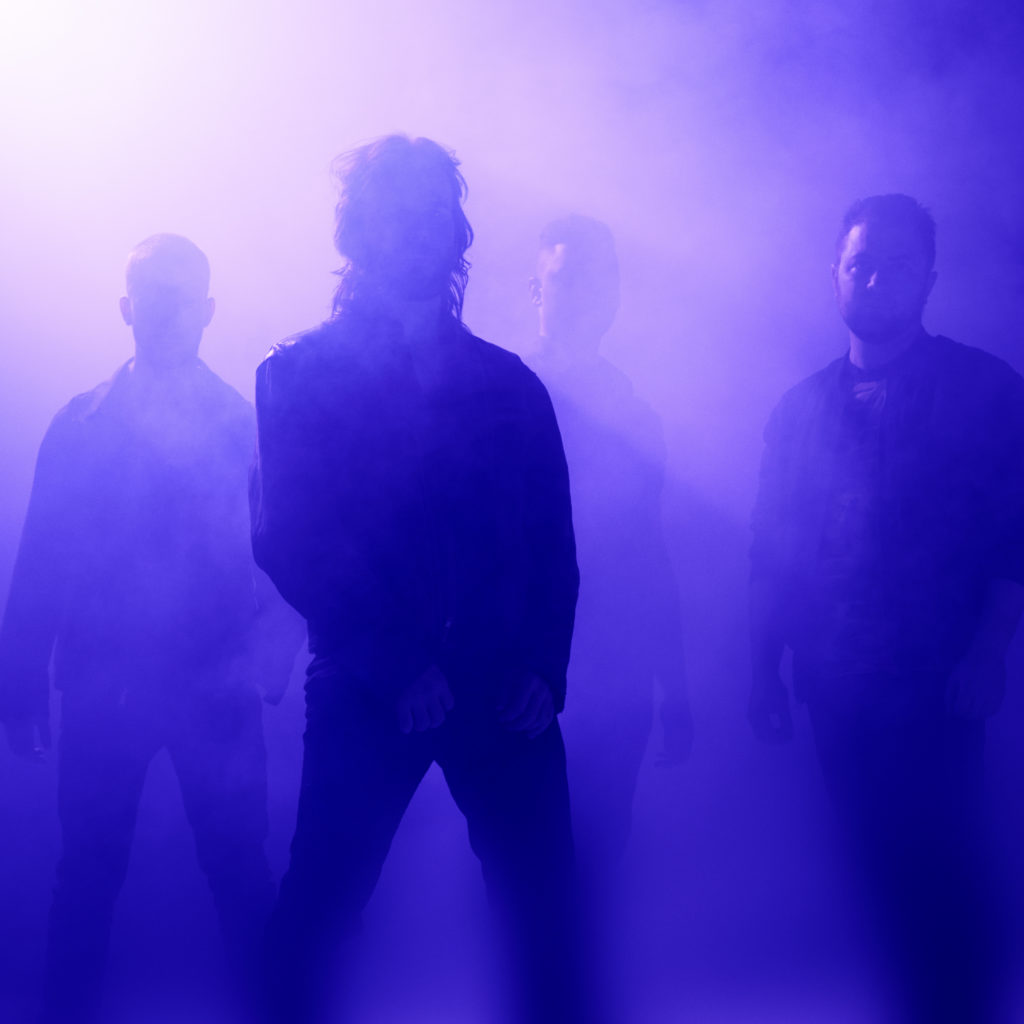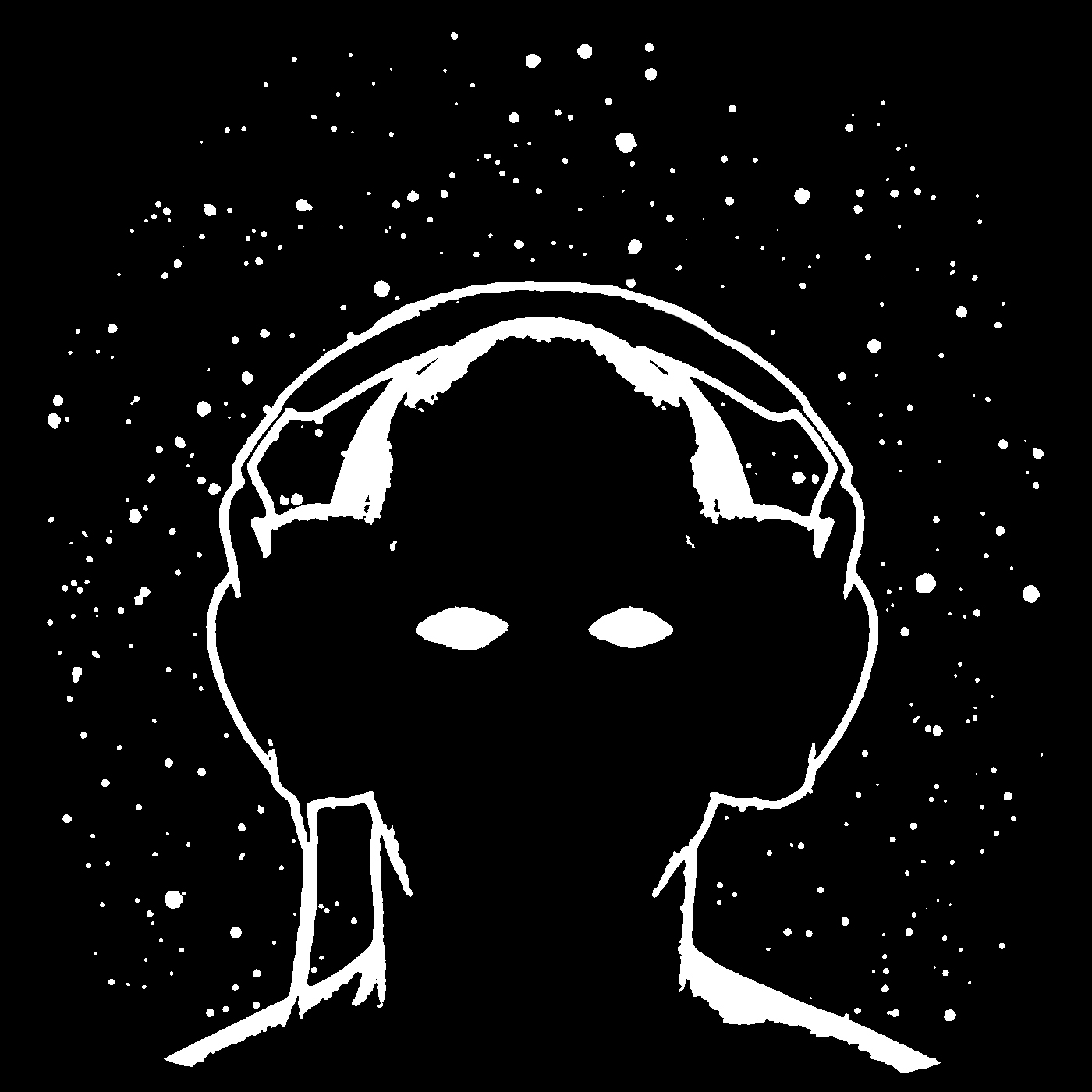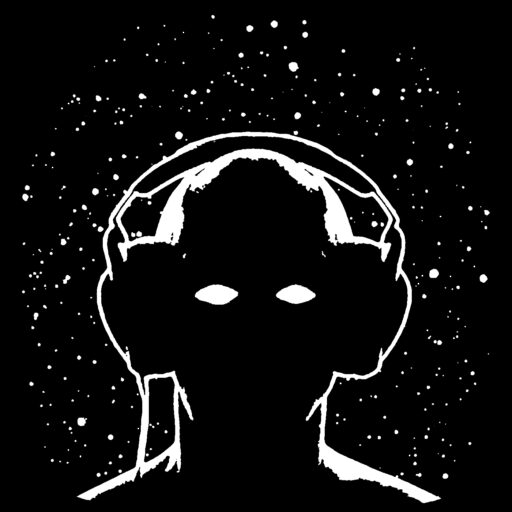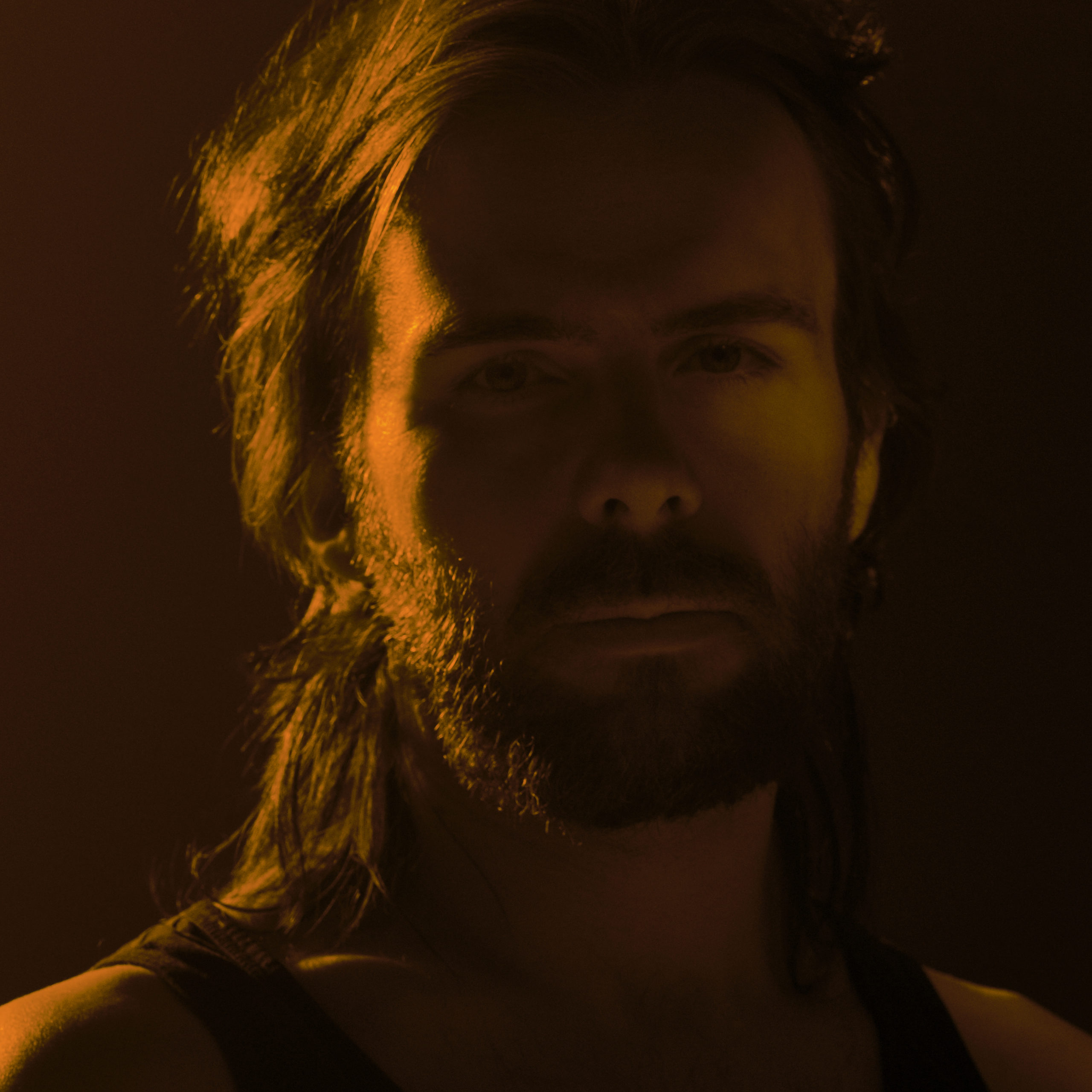
20 Aug An Interview with Kayo Dot’s Toby Driver
The hosts of Radical Research have been listening intently to Kayo Dot’s music since before it was known as Kayo Dot. The emergence of Boston collective Maudlin of the Well fired our imaginations in the late ’90s, offering an American answer to early My Dying Bride, with a surfeit of unusual nuances thrown in for something extra-weird in total. Maudlin’s first three albums — two released on the same day in 2001 — remain among the finest progressive albums ever released…rock, metal or otherwise.
Maudlin of the Well morphed into Kayo Dot, a prolific unit of divergent thinkers performing the most atypical of musics. Kayo Dot released its Choirs of the Eye debut in 2003; many iterations and fascinating phases later, we behold the band’s ninth album. When Blasphemy came across our radar, we knew 1) it was perhaps our favorite Kayo Dot album of all, although only time will tell, and 2) we needed to do our small part to spread this special gospel. You’ll find our dive into Blasphemy as episode 38 of the Radical Research podcast [Fathom by Fathom by Fathom: Kayo Dot’s Blasphemy] and below you find a companion to that episode, our discourse with Kayo Dot prime mover, Toby Driver.
Hunter Ginn asked most of the questions; I added questions #9 and 11. We thank the Prophecy label for helping to make this happen, and Kayo Dot for the gift of Blasphemy. — Jeff Wagner
Radical Research: After Hubardo [2013], Kayo Dot’s music took a turn toward more accessible territory, though it maintained its complexity. The last three records have all indulged pop sensibilities but with distinctly different approaches. Have you exhausted your interest in the conspicuously avant-garde? In some ways your current synthesis of accessibility and complexity seems like an even more difficult endeavor.
Toby Driver: Yes, in fact, I harbor a bit of resentment towards the pursuit of experimental music. Although it’s impossible to know the true big-picture impact of one’s life choices until their life is complete, at this stage of my life I frequently wonder about the value of what I’ve done, and whether my life would have been better-served by a weaker desire to lead or subconsciously be martyred. If I may be so dramatic. Identity and community have always been elusive to me, and I vacillate wildly between feeling supported or betrayed. Ha. Anyway, that stuff aside, as you mentioned, it’s actually a good creative challenge for me to try to write music that’s more inviting, less alienating, to a listener while at the same time keeping myself interested with details, architecture, and cleverness. As I got older too, I started to pay more attention to older artists who had managed to keep up their development throughout their entire careers. David Bowie and Scott Walker for example. They were, and are, great beacons of what to aspire to, whereas when I was much younger and more gung-ho about metal, it seemed like Metallica or King Diamond might have been something to aspire to. How funny that is now. So I think I felt an even stronger personal transformation when Bowie died, and a stronger pull towards hyper-individualistic universe and identity creation. The way that he, and Scott, and Bjork — another great idol of mine — and others, were able to exist on the cutting edge of art not only in recordings they created but also through just the way they existed, but also be so widely accepted by listeners who would never otherwise engage in something so strange… that is much more inspiring to me these days than proving esotericism is.
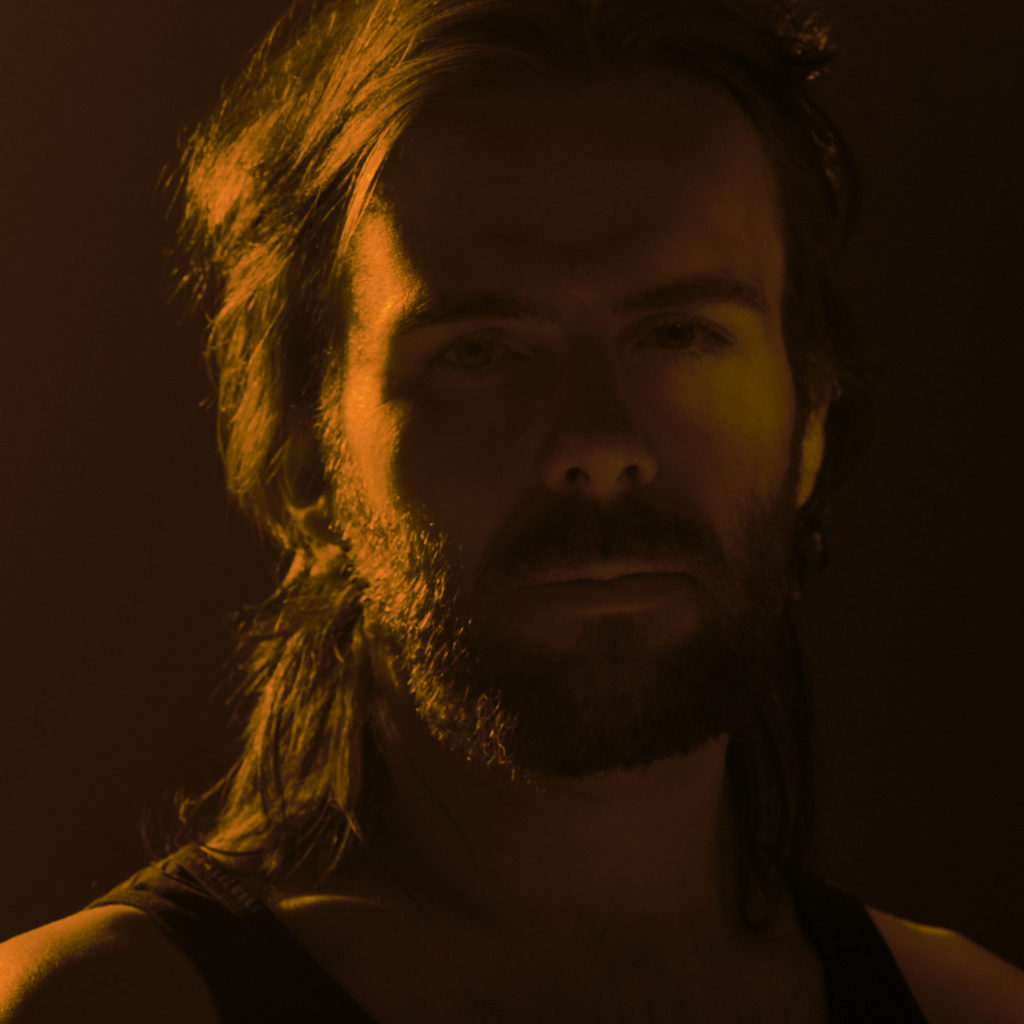
RR: Obviously, you grew up on metal and it has influenced a great deal of your work. Blasphemy contains some very heavy moments that maybe could only notionally be called “metal.” What is Kayo Dot’s current relationship with metal?
TD: Well, I’m fully aware of the fact that for a music career, playing metal is like putting a drop of black ink in a bowl of milk. It’ll color the whole thing and the only way to wash it out is to just add SO much milk over time that it becomes irrelevant. It’s a double-edged sword; on one side, metal is a strong community and there’s a built-in support system, but on the other side, there’s no way to get out of it. So for example, with my solo stuff, which is kind of like these nice, mellow and melancholy ballads that would fit really well in any number of scenes: indie, new age, pop…, I still find myself only able to get support from metal bookers, metal labels, metal fans. It’s not the fullest potential of the project. So Kayo Dot has been in that state too. At times, we should have been in a different scene and we’d be a more successful band if we’d had those connections. But it’s our own fault for continuing to dip back into metal now and then. I do feel comfortable in this scene for the most part and do feel some sense of belonging, because of my background, even if it’s not a 100% sense of belonging. OK then. So right now in 2019, Kayo Dot’s relationship with metal is pretty deliberate. To back up a little, I wonder if you know what I mean when I refer to something as “Euro-metal.” It’s a perfectly fine, not derogatory at all term that I think a lot of American metal fans would use to describe a style of metal rooted in the ’90s played almost exclusively by European bands. Black metal would have been Euro-metal at one point, but it’s exploded. Other bands that I loved from the ’90s, such as My Dying Bride, Opeth, Paradise Lost, Tiamat, Lacuna Coil, Theatre of Tragedy, The Gathering, Moonspell, Therion… their sounds have not proliferated like black metal has. So that’s still Euro-metal, to me. And there are more modern ones too, such as Virus, Trees of Eternity, or Leprous now. When Maudlin of the Well existed, we took pretty much all of our influence from Euro-metal and as a fan I was dying to be a part of that scene. Our label, Dark Symphonies, did a lot for us in terms of that community but unfortunately they were too small to really get us anywhere. MOTW ended before we could really participate in the Euro-metal community very much, and since Kayo Dot was on its own path, I basically thought my relationship with Euro-metal was over. I didn’t even check out any of those bands anymore for quite some time. Fast forward to summer 2017, the beginning of our current chapter in Kayo Dot’s development. I was fortunate enough to get a sideman gig playing bass for Myrkur for a couple tours. During this experience I ended up meeting a bunch of my favorite Euro-metal characters from my youth, and I saw that the scene is still MASSIVE in Europe, even though it’s completely nonexistent in the US. That was pretty exciting to me. Then shortly after, we coincidentally began working with Prophecy, a label that is rich with Euro-metal energy. To make a long story shorter, because of these experiences, I was pulled toward injecting more of that kind of energy into the newest Kayo Dot music. All things coming full circle, with Kayo Dot’s beginnings as Maudlin of the Well, this is actually really natural for me and I do feel a strong sense of personal belonging here. I just hope this time around, we actually get the chance to participate in that scene the way that MOTW never was able to.
RR: Your voice has developed a lot over the years. Blasphemy, to our ears, represents your most evolved vocal performance. The curious thing, though, is that we now hear the occasional nod to particular vocalists — Mike Patton and Garm come to mind. Have you become more comfortable with revealing influences? At any rate, it is a stunning performance.
TD: Thank you so much for saying so. It’s just something I’ve been working on for a long time and has been a process of constantly learning as I go. I do have to disagree with you about your observation regarding influences though. I have always been totally comfortable revealing and glorifying who I’m inspired by, but Patton and Rygg are not actually vocal influences of mine in any way. I love those guys for plenty of other reasons but no, they’re not vocal influences.
RR: Following that, we’re also hearing more specific references to other bands — one song in the middle of Blasphemy morphs through a number of styles, from Up the Downstair-era Porcupine Tree to Arcturus. For years, Kayo Dot’s music almost seemed sui generis, a trainspotter’s nightmare. But now it seems like you’ve developed an easier relationship with your inspirations. Are we completely off base?
TD: Again I would just say the same thing as in my last answer. I’m always happy to tell you who I deliberately ripped off and where, that is not a problem for me. 🙂 But I’ve not ever been a fan of Porcupine Tree nor Arcturus. Not that I dislike them, just never engaged with them ever. I couldn’t even tell you one song of theirs.
RR: We feel like the rhythmic aspect of Kayo Dot goes neglected. The last three albums, in particular, have evidenced an interest in complex rhythms, which often offset the melodic material. When you’re writing, do these rhythms occur naturally or are you writing difficult rhythms in a conscious way?
TD: Thank you, I agree! I think it’s a little bit of both, but I had some really great training for feeling these weird things naturally from my teachers and experiences. Let me just be clear that I don’t play jazz and am not even a fan of jazz. But I’ve learned from a lot of jazz guys. I think my greatest education in rhythm thus far came from when I was playing with Secret Chiefs 3 for a few years. SC3’s rhythmic ideas are really super interesting and come from an entirely different universe — mostly middle eastern and east African music — and then combine that with the several shows we did of John Zorn’s Masada music, which is straight-up progressive jazz; just crazy time signatures played in a way that is so fluid and natural-sounding by these amazing jazz drummers. Combine all that with a shitload of touring and an interest in prog rock and IDM and it becomes second nature, but still very very alien to pretty much everybody else who hasn’t had these exact same experiences. Ha.
RR: “Midnight Mystic Rise and Fall” contains the phrase “devil doll….devil doll…” The episode we did just before the Kayo Dot episode [Listen with the Lights Off: Devil Doll 1989-1996] takes a look at the discography of the fascinating band by the same name. We can’t help but ask, what history do you have with Devil Doll? You certainly make music of commensurate drama and ambition.
TD: I absolutely adore Devil Doll, I thought they were completely brilliant and unique and just a beautiful hidden treasure of music. I discovered them back around the year 2000 when Dark Symphonies started carrying some reissues of their records in their online distro. About ten years ago I even looked into trying to bring them to NYC to perform. I didn’t get very far with it. I seem to remember in my research that I might have found that Mr. Doctor had died. But correct me if I’m wrong, I can’t really recall. [How can we know? In that episode and the research leading up to it, we noticed time and again that the only certain thing in the world of Mr. Doctor is uncertainty. – JW]
RR: How important to you is the notion of Kayo Dot as a “band”? How much does the band dynamic affect your music, or do you see yourself, instead, as an auteur?
TD: It’s both. Throughout the course of this band, I’ve learned quite a lot about having a leadership role. In a music career, there are so many things you have to learn on the fly because there’s no one who can really teach you so many of these things. One thing that is really tricky, and easy to mess up, is balancing an auteurship role in a project with making your collaborators feel valued. I always wanted my band to be a real band. But, this has always been hard for one reason only– we’ve never been successful enough to make any money. So there are a lot demands placed on the band members and very little payoff. I would be so confident that if we were a bit more successful then the lineup would probably never change. It’s an auteured project only because I’m the only one who’s never going to quit the band or become unavailable. As far as the effect it has on the music, I’m always very deliberate about composing according to who is in my lineup. Everyone has different strengths and weaknesses, so I’ve learned how to write in a way that takes advantage of those. Doing things that way gets awesome musical results, but also keeps me interested and keeps me from falling into patterns.
RR: When you are writing, how much thought do you put into the live show? Is the authenticity of the recorded material a priority or are they approached with a sense of distance?
TD: Tons of thought. These days, I always plan out an album with the live show in mind. I learned that this was wise after Kayo Dot’s first album, Choirs of the Eye, which is an elaborate studio production created without any intent of never playing it live. When that album came out, however, people were interested in it so we figured we’d put a real band together and follow it up with some shows. The live show largely had to be compromised and reduced. That was frustrating and unfulfilling to me as a composer. Ever since then, I’ve done things oppositely, creating albums that can be explicitly rendered live. We even record almost everything as a live band and add just a little bit of overdubbing later, with a few exceptions.
RR: You’ve worked sporadically, and each time effectively, with Jason Byron, since the Maudlin of the Well days. Each time, and especially with Blasphemy, are you looking to him to add to music you’ve already written? Or does your music composition follow from the inspiration provided by Byron’s words/stories/prose?
TD: Yeah, he’s my life’s grand collaborator for sure! It’s different every time and we enjoy taking different approaches and seeing how it turns out. That’s one extant element of “experimentalism” in my music, haha. Generally, I like constantly changing up my methods so that the result is unpredictable. In the case of Blasphemy, the lyrics 50% came first and the music afterward, but then a bunch of back and forth as we adjusted things to suit one another. This might have been our first album in which both the music and lyrics were flexible throughout the process and only solidified at the very end.
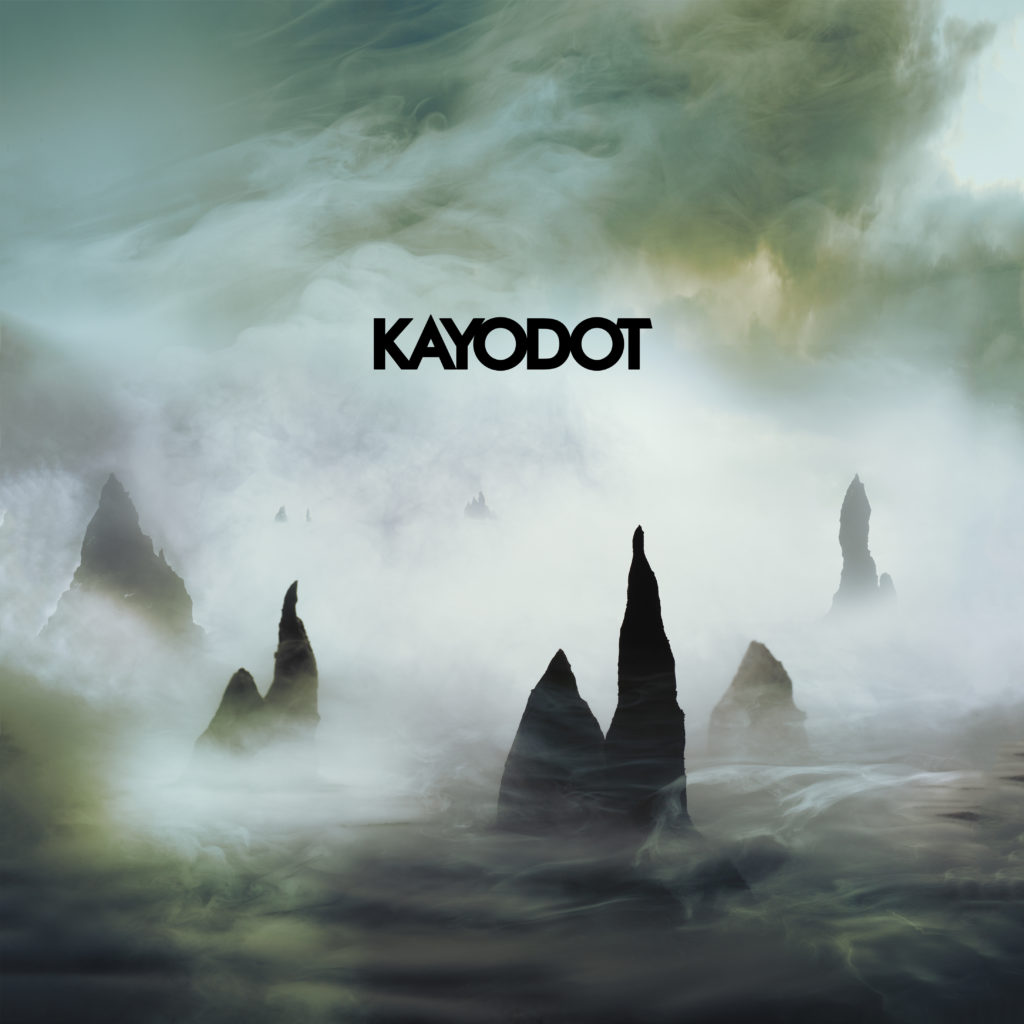
RR: What does this particular blasphemy represent for you? Rebellion, liberation?
TD: Yeah, because blasphemy isn’t really blasphemy at all, is it? That accusation is only levied by whomever is profaned. Rebellion and liberation are good umbrella terms, but specifically we’re looking toward a future which eliminates societal mechanisms of evil that are considered “normal.” And for all its allegorical points, the story is also an entertaining work of fiction that can be enjoyed just fine without thinking too much about its meaning.
RR: We’re also massive fans of Maudlin of the Well. A) Can you forgive us for not writing the name in its usual stylized way? and B) Kayo Dot began — and correct us if we’re mis-characterizing — as an extension or next phase of MOTW. We hear more MOTW in Blasphemy than we have on a Kayo Dot album since Hubardo, and before that, probably Dowsing Anemone with Copper Tongue [2006]. To your ears and sensibilities, does the ghost of MOTW still appear in your current work? If so, where do you feel its pulse is the strongest?
TD: Thank you! Well, of course. The capitalization isn’t a huge deal. The reason we did that was to explicitly state that the “Well” was a sacred thing, a proper noun, that its capitalization mattered because of this, but the other words were merely descriptive. Anyway, please refer to my earlier answer about Euro-metal. I think a lot of the explanation lies there. In all this, I have to reflect on why MOTW ever needed to end and morph into Kayo Dot anyway, and if this album is so much like MOTW then why is it called a Kayo Dot album? This could be a really long answer, but the main thing to focus on is the idea of being on a path. It was really clear at the time (in 2002) that the MOTW path had come to a dramatic fork, and I chose the weirder, unfamiliar one. A good life philosophy anyway. And likewise, Jason Byron’s path diverged from mine as he ceased to perform music, he devoted himself to studying the occult, and he also re-entered school for a totally different career, but I began my touring life which is its own monster and we moved to different states. Of course we continued to collaborate throughout the years, but from more of a distance. As I mentioned earlier, I expected at the time that the two forks would never meet, but of course the world is a sphere. I’m talking about the forks of what makes MOTW and what makes Kayo Dot; whatever the internal spiritual pursuit of those two projects is. They were clearly different. But maybe now, we’re starting to realize they were the same pursuit the whole time. Anyway, with Byron writing Blasphemy as a novel, it seems like he’s in a place in which he wants to return to writing and the pursuit of the arts more deeply than before. We’ve talked about him coming on tour with us to try to sell his book once it’s published, and give lectures or masterclasses on his occult studies… all good ideas and you may see us inhabiting the same space even more frequently this coming year.
RR: We are deeply impressed with Blasphemy. Thank you so very much for this album.
TD: Thank you guys very much for listening and for your support and enthusiasm!
